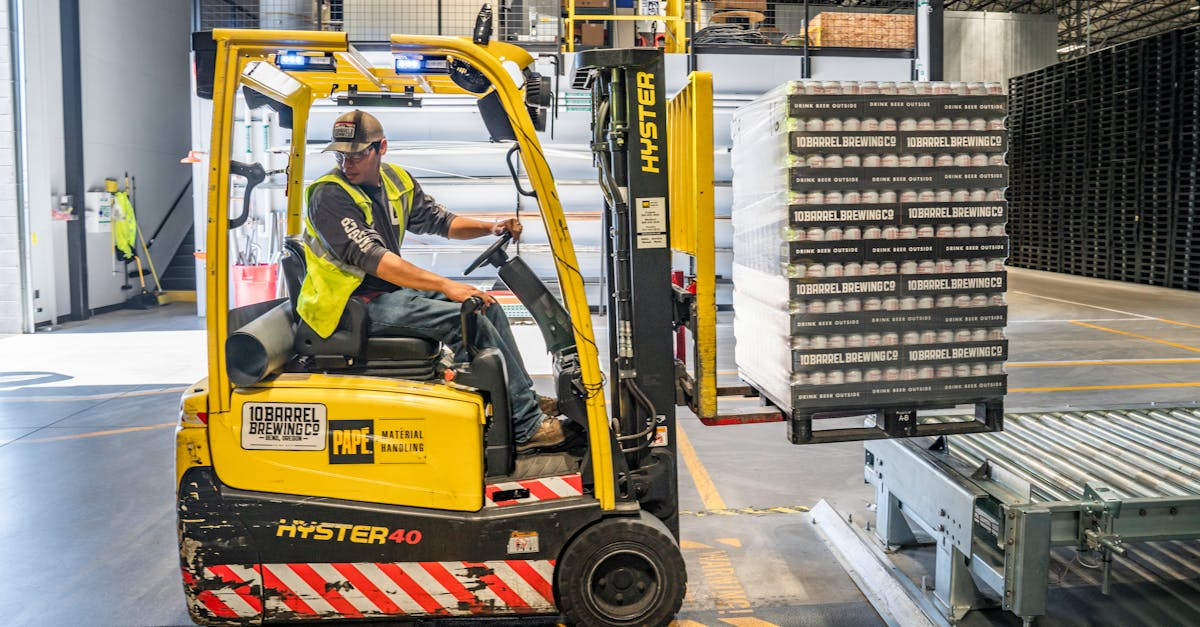
Roundup of Best Practices for Returns Handling
Analyzing Return Data
Return data provides invaluable insights into customer behavior and product performance. By systematically collecting and analyzing this information, businesses can identify the primary reasons customers initiate returns. Tracking metrics such as the most frequently returned items, the reasons cited for returns, and the demographics of returning customers can highlight underlying issues. This detailed understanding enables companies to fine-tune their product offerings and address recurring problems.
Examining return patterns over time reveals shifts in consumer preferences and potential weaknesses in sales strategies. For instance, an increase in returns following a promotional campaign may indicate that the marketed products did not meet customer expectations. Businesses can leverage this analysis not only to mitigate future returns but also to strengthen overall customer satisfaction. By continuously monitoring return data, companies can enhance their inventory management and improve the overall shopping experience.
Identifying Trends and Common Issues
Gathering and analyzing return data can reveal significant trends that reflect customer behavior and product performance. High return rates for specific items often indicate quality issues, sizing discrepancies, or mismatch between expectations and reality. Identifying these patterns allows businesses to address problems directly, whether through improved product descriptions, better sizing guides, or quality control measures.
Common issues highlighted by return data may include customer confusion regarding return policies and the condition of returned items. Streamlining the return process and clarifying policies can enhance customer satisfaction while reducing the volume of items sent back. Paying attention to these factors transforms returns from a costly necessity into an opportunity for improvement and customer engagement.
Providing Multiple Return Options
Offering a variety of return options can significantly enhance customer satisfaction. Some individuals prefer in-store returns for immediate resolution, while others may lean toward mail-in returns for convenience. By accommodating these diverse preferences, retailers can build trust and foster loyalty, ultimately leading to increased repeat business.
Clear communication about each return method is essential. Customers should have easy access to information regarding shipping labels, return timelines, and any associated fees. Simplifying the return process minimizes confusion and frustration, reinforcing a positive shopping experience.
Catering to Diverse Customer Preferences
Understanding that different customers have unique preferences can significantly enhance the return experience. Providing various return options, such as in-store returns, mail returns, or third-party drop-off points, accommodates the diverse needs of consumers. Some customers may prefer the immediacy of in-person returns, while others appreciate the convenience of mailing items back. By offering multiple channels, businesses can cater to both types of shoppers, improving satisfaction and fostering loyalty.
Customer education further enhances this versatility. Clear instructions, accessible FAQs, and responsive customer service can help guide consumers through their return choices. Transparent processes that outline how to initiate a return, expected timelines, and potential costs associated with each option can alleviate concerns customers may have. Tailoring the return experience based on customer preferences not only boosts overall satisfaction but also creates a positive impression of the brand.
Enhancing the Packaging for Returns
Effective packaging plays a pivotal role in the returns process. It not only protects the items during transit but also influences customer satisfaction. Using sturdy materials that can withstand the rigors of shipping minimizes the risk of damage. Incorporating friendly, easy-to-understand instructions for repackaging can further streamline the return experience. Providing prepaid return labels within the original packaging simplifies the process, encouraging customers to feel confident in returning products when necessary.
Sustainability is increasingly important to consumers. Utilizing eco-friendly packaging options, such as recycled cardboard and biodegradable materials, can enhance a brand's reputation. Clear labeling about recyclable components helps consumers make informed decisions regarding disposal. Brands that focus on sustainable practices not only meet customer expectations but also contribute positively to environmental efforts, creating a win-win situation for businesses and the planet alike.
Best Practices for Sustainable Packaging
Sustainable packaging is an essential consideration when improving returns handling processes. Utilizing materials that are biodegradable or recyclable can significantly reduce the environmental impact of returns. Companies can explore options like compostable mailers or reused boxes to minimize waste. Choosing suppliers who prioritize sustainability can align a business’s values with its operational practices.
Incorporating design elements that facilitate easy returns can also support sustainability goals. Packages should be easy to open and reseal without damage. Clear instructions for returning items can prevent confusion and ensure that customers are confident in reusing the packaging. These approaches not only enhance the customer experience but also contribute to a more eco-friendly return process.
FAQS
What is the importance of analyzing return data in returns handling?
Analyzing return data helps businesses identify trends and common issues, enabling them to make informed decisions that improve product quality and customer satisfaction.
Why should companies provide multiple return options?
Providing multiple return options caters to diverse customer preferences, making the return process more convenient and increasing the likelihood of repeat business.
How can businesses enhance their packaging for returns?
Businesses can enhance their packaging for returns by using durable materials and ensuring that items are securely packed to prevent damage during transit.
What are some best practices for sustainable packaging in returns?
Best practices for sustainable packaging include using recyclable materials, minimizing excess packaging, and encouraging customers to reuse packaging for returns whenever possible.
How can analyzing return trends improve customer experience?
By identifying common return reasons and trends, businesses can address underlying issues, reduce return rates, and enhance overall customer satisfaction.
Related Links
Review of Top Returns Management Software SolutionsHow to Streamline Your Returns Processing
7 Key Strategies for Improving Returns Processing
The Historical Evolution of Returns Processing in E-commerce
Why Customers Value a Smooth Returns Experience
Why Effective Returns Processing Matters for Your Business
What to Expect During the Returns Process
What to Know About the Returns Processing Lifecycle